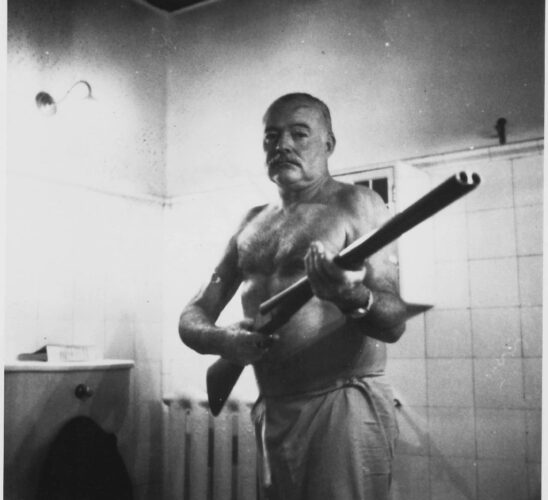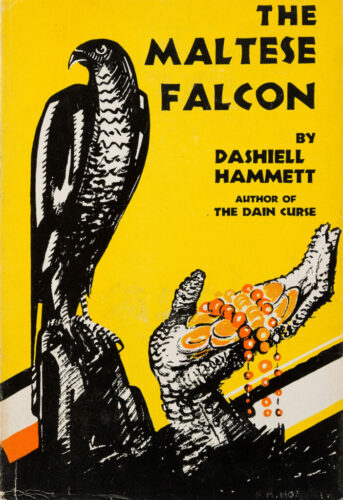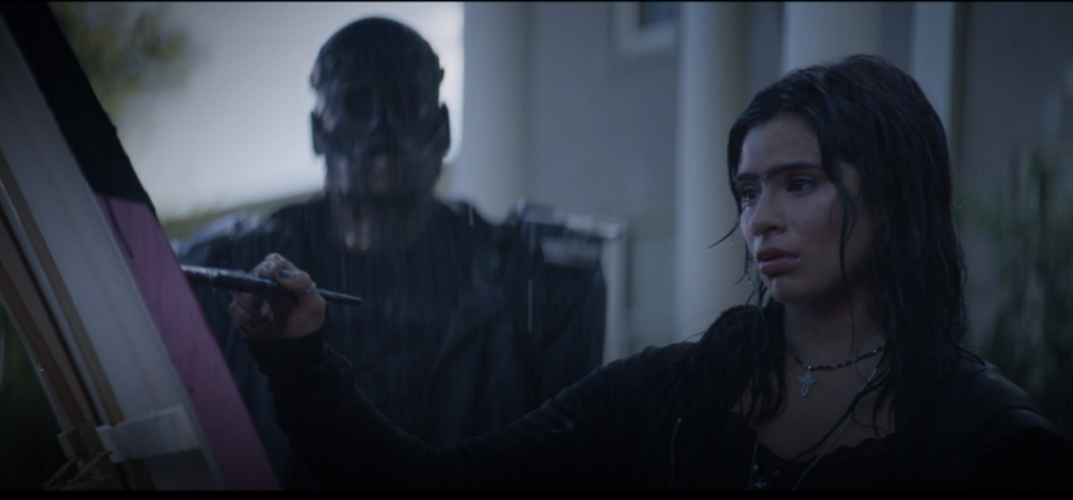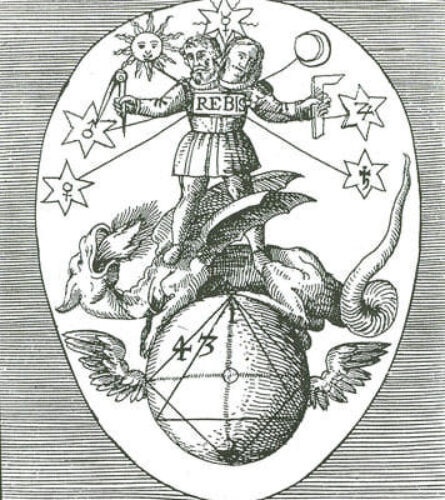Eyes Full of History (Book Three, Part 49: Hemingway, Ennis’s Returns to Hellblazer)

Previously in The Last War in Albion: Ennis’s Hellblazer concluded as it began: Constantine cornered, desperate, and tricking the Devil himself.
“Here, I’m John Constantine and loving it, bastard terrifying with my eyes full of history and my head full of secret things, here in one of London’s collapsed veins, feeding off it.” – Warren Ellis, Hellblazer
Astra, it turns out, is actually a disguised Ellie. The raid at the beginning of the arc that killed Header was to steal some old pages, which turn out to have contained the lore that Ellie/Astra revealed to the First of the Fallen at the beginning of the outset, prompting him to murder the other two demons to whom Constantine sold his soul and begin his final attack on him. All of this was part of Constantine’s plan, set up to allow Ellie to fashion a weapon that would kill the First of the Fallen and to get into position to do so. And so Constantine tricks the Devil, turns his own scheme back on him, and kills him, a final triumphant escalation of the basic pleasure he’d been offering since his second issue.
This was the heart of what Ennis offered on Hellblazer. And it emphatically served as the definitive take on the character. This was no mean feat given that Constantine was created by Moore, had been written by both Morrison and Gaiman, and had already had an iconic run at the start of his ongoing series. He was not a character who seemed in dire need of a reinvention, nor one who even straightforwardly appeared to have room for one. And yet going forward it was Ennis’s Hellblazer that would be the template. Any other writer working on Constantine would now be reacting to Ennis, whether to follow his lead or rebel against it. This was simply how the character worked now.
Implicit within that was a larger vision. It has already been discussed how Moore and Morrison found their success by bringing techniques from more literary fiction to the genres associated with pulp fiction. Crucial to this, though by no means the whole of the story, were the techniques that arose out of modernist writing. Ennis’s approach squares the circle to an extent, adopting both a pulp tradition and a modernist technique that were largely neglected by Moore and Morrison. But unusually, in this case the pulp and modernist traditions were never entirely separate in the first place, and their fusion, and the innovation came purely in the form of fully porting this process over to the medium of comics.
At the center of this is Ernest Hemingway. Unequivocally one of the primary figures of literary modernism, Hemingway, like Ennis, sat at a strange aesthetic remove from his contemporaries. Where writers like T.S. Eliot, William Faulkner, and James Joyce became famous for starkly difficult and complex prose, Hemingway’s prose had the by now familiar halmarks of terse directness. The beginning of his novel A Farewell to Arms is apropos: “In the late summer of that year we lived in a house in a village that looked across the river and the plain to the mountains.…









